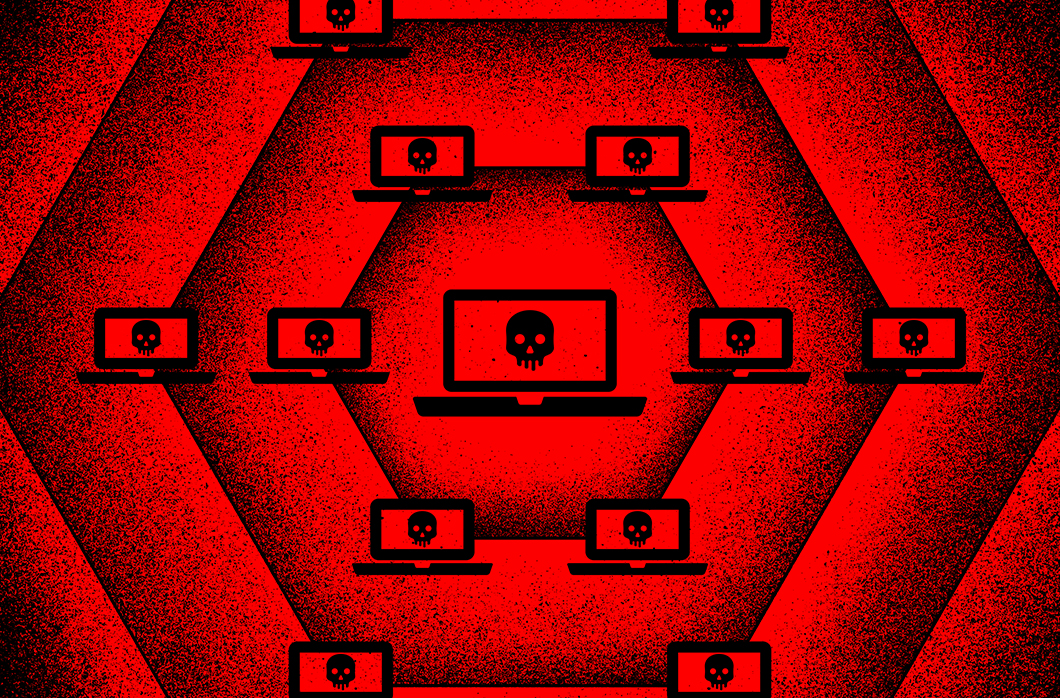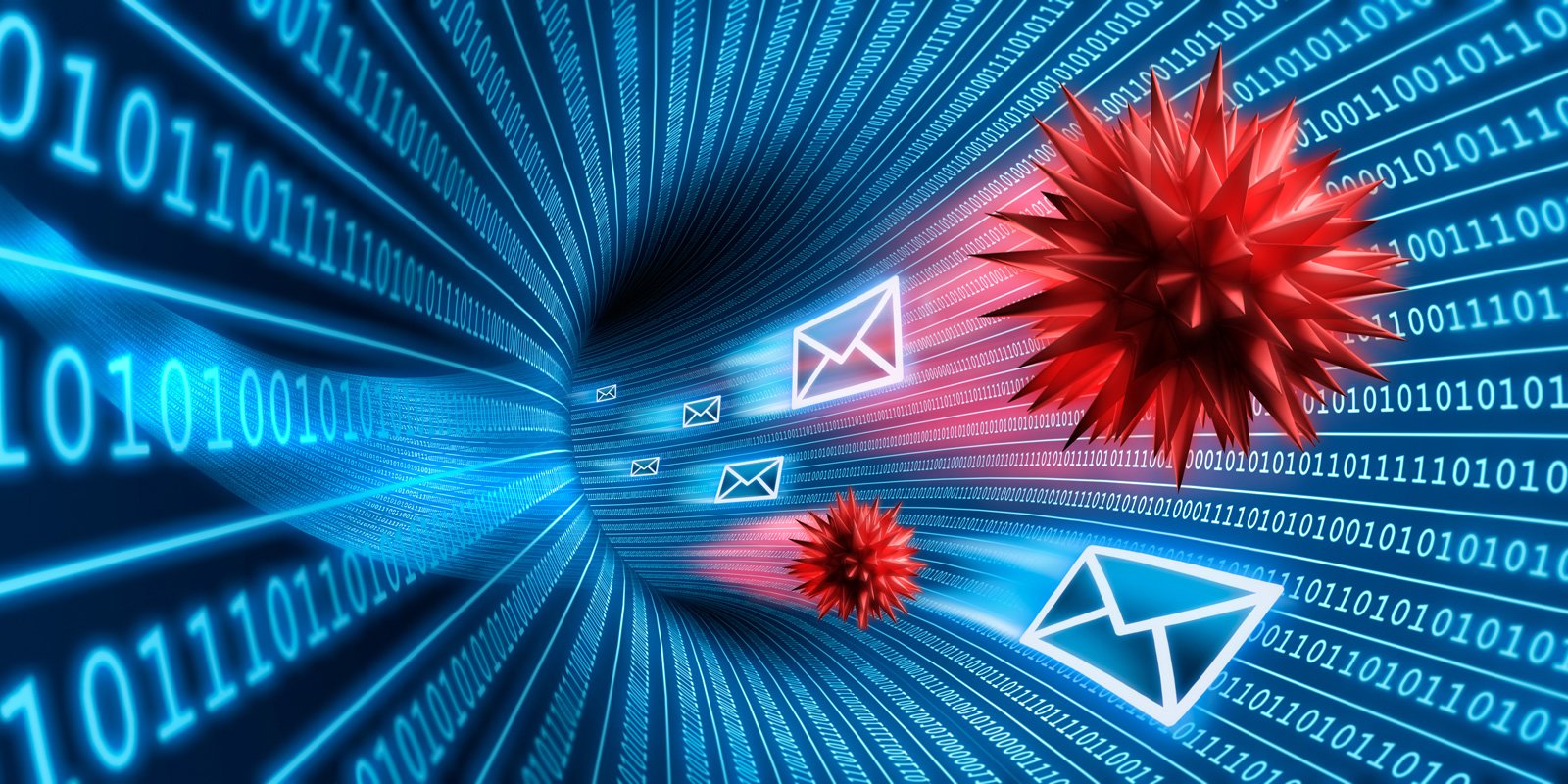Popular for compromising internet-connected devices and conducting distributed denial of service (DDoS) attacks, Mirai malware variants have been known to compromise devices that run on Linux builds.
In a new report by HP Wolf Security, researchers illustrate how PDFs are being used as a transport for documents with malicious macros that download and install information-stealing malware on victim’s machines.
First detected in 2017, Wizard Spider has come a long way. A recent investigation by Prodaft revealed that the gang is one of the wealthiest ones and its assets exceed hundreds of millions of dollars.
Despite growing industry concerns, India will not change upcoming cybersecurity rules that force social media, technology companies, and cloud service providers to report data breaches swiftly.
Cisco has addressed a zero-day vulnerability in its IOS XR router software that allowed unauthenticated attackers to remotely access Redis instances running in NOSi Docker containers.
Among the approximately 50 institutions reportedly hit are Italy’s superior council of the judiciary, its customs agency, and its foreign affairs, education and cultural heritage ministries.
The federal government has made strides in deterring ransomware over the past year, but still has a number of milestones to reach, according to a new paper from the Institute for Security and Technology’s Ransomware Task Force.
XorDdos leverages persistence mechanisms, efficient evasion, and anti-forensic techniques, including obfuscating the malware’s activities, evading rule-based detection mechanisms, and hash-based malicious file lookup.
Taiwanese vendor QNAP is asking users to install the latest update on their NAS devices and avoid exposing them on the Internet. The company issued the alert in response to a new wave of DeadBolt ransomware attacks targeting NAS devices.
Microsoft has released an out-of-band patch to fix authentication failures on Windows after installing the May 10, 2022 security update on Windows Server domain controllers.









